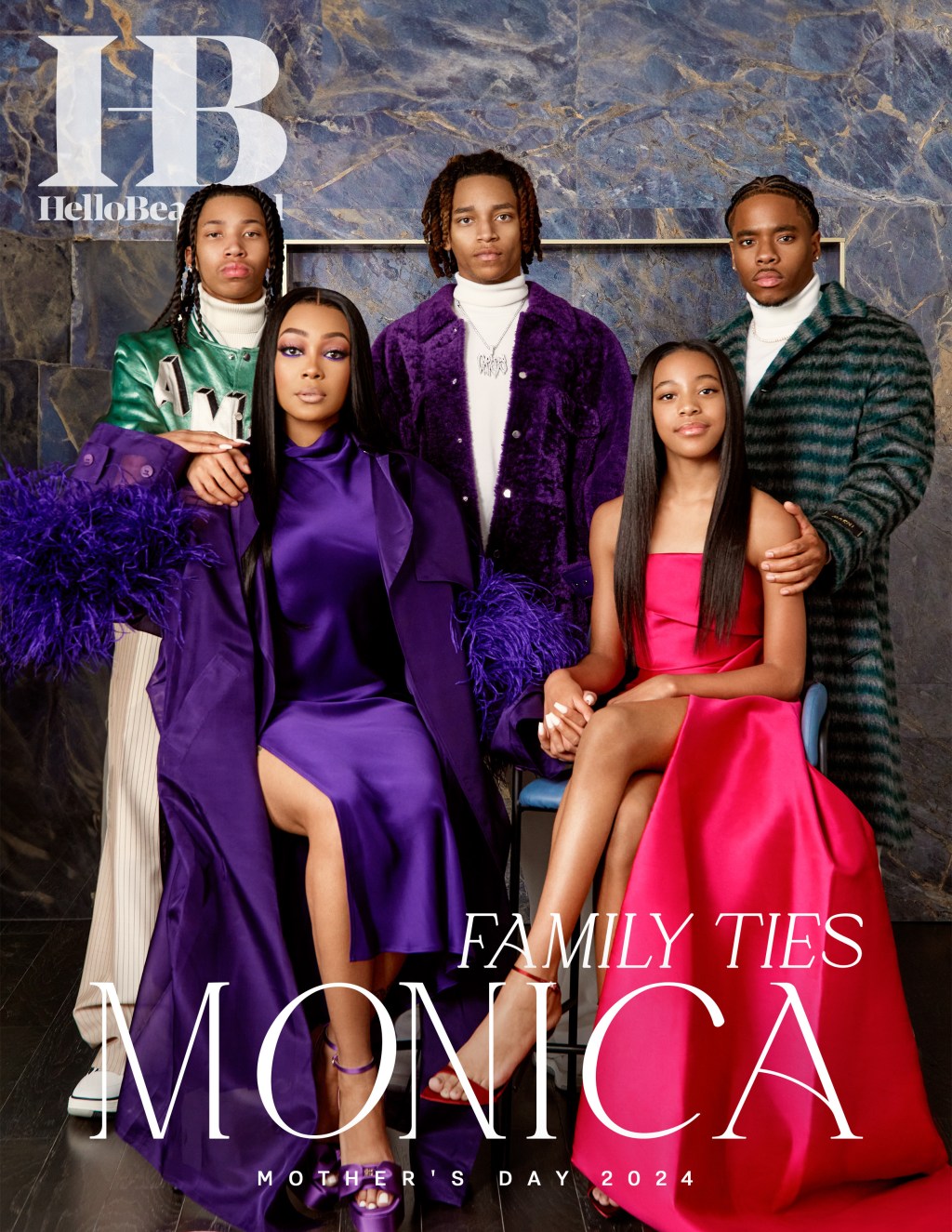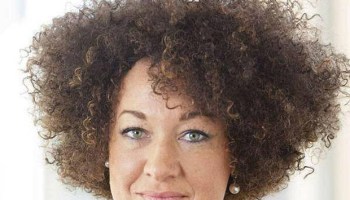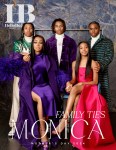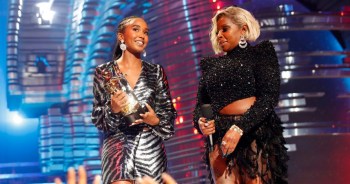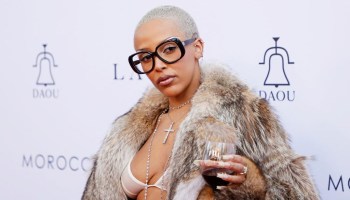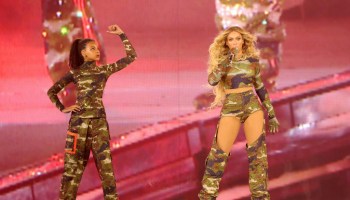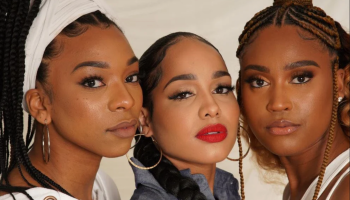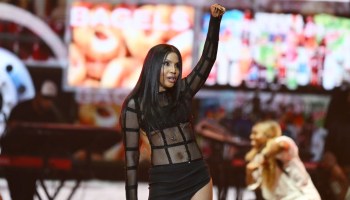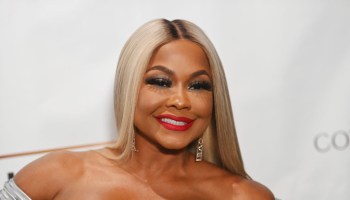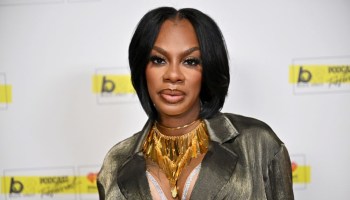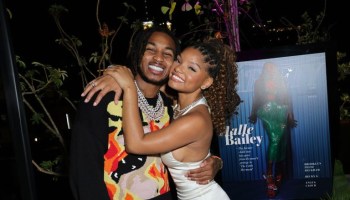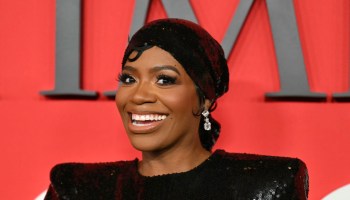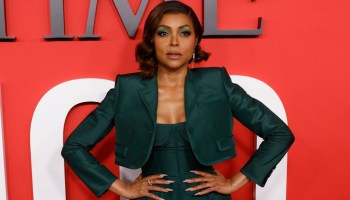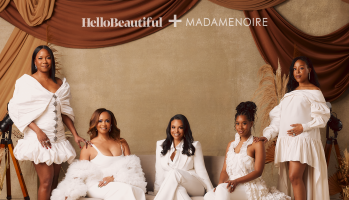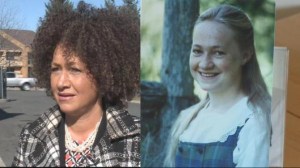
Source: @KREMTaylor / NewsOne/Twitter
Legendary race-faker Rachel Dolezal currently has a documentary on Netflix titled The Rachel Divide. The doc has been dragged on Twitter, but the former head of the Spokane, Washington NAACP chapter, is not the first white person to try and pass for Black.
Reasons for the transformations range from extreme cultural appropriation, to journalistic and social experimentation, to cultural backlash against affirmative action. Here are six other white people who pulled a Dolezal.
John Howard Griffin
Some of you may have read Black Like Me, published in 1961, on your own or as a school assignment. Nearly 54 years ago, Griffin, a novelist, darkened his skin and became Black in an effort to comprehend the Civil Rights Movement.
The product was a groundbreaking book that revealed what many Whites still refuse to believe today: Racism is not a figment of the imagination.
“Black Like Me disabused the idea that minorities were acting out of paranoia,” Gerald Early, a Black scholar at Washington University and editor of “Lure and Loathing: Essays on Race, Identity, and the Ambivalence of Assimilation,” told Smithsonian Magazine. “There was this idea that black people said certain things about racism, and one rather expected them to say these things. Griffin revealed that what they were saying was true. It took someone from outside coming in to do that. And what he went through gave the book a remarkable sincerity.”
Grace Halsell
In the December 1969 issue of Ebony magazine, Halsell, a journalist and writer, recounts how she lived for six months as a Black woman. Born and raised in Fort Worth, Texas, to a family that owned slaves before the Civil War, Halsell was inspired to embark on the experiment by John Howard Griffin’s book.
She took pills that were used to alleviate pigmentation problems, supplemented by extensive tanning sessions, to cross the color barrier, according to The New York Times.
She wrote about the experience in her 1969 book, Soul Sister, recounting the degradation of being a Black domestic worker in a world of White employers, one of whom tried to rape her, the Times writes. The book sold more than one million paperback copies and was translated into six languages, the report notes.
https://twitter.com/overbythecurb/status/917449208466149378
Mark L. Stebbins
Stebbins, who had blue eyes and a light complexion, made headlines in 1983 when he campaigned for city council as a Black man in a predominantly Black and Hispanic district in Stockton, California, and won, according to PEOPLE magazine.
“His ancestors were white,” the magazine writes. “His parents are white. His brother and four sisters are white. Yet against the weight of all this whiteness, and his own pale blue eyes and light complexion, Mark Stebbins insists he’s black.”
Ralph Lee White, the indisputably Black incumbent at the time, was angry, calling Stebbins “a white guy with a perm,” the report says.
Perm or no perm, Stebbins won a recall election, Jet said at the time.
Philip and Paul Malone
The fair-haired, fair-complexioned identical twins worked for the Boston Fire Department for 10 years until their dismissal in 1988, reports The New York Times.
The firings came after state investigators found that they had lied on their job applications: They both contended they were Black, The Times notes.
The case raised questions about the integrity of the city’s affirmative action policy, and concerns about hiring at the Fire Department, the report says.
”How,” City Councillor Bruce C. Bolling asked at the time, notes the report, ”could twins with Irish names, Caucasian features and no black identification from any perspective get into the force and stay on without collusion? Such misuse denies opportunity to people of color for whom these plans are designed.”
In 1975, the twins took the Civil Service test for firefighters and failed, the report says. They reapplied in 1977, contending they were Black after their mother found a photograph of their great-grandmother, whom she said was Black, the report says. They won appointments in 1978. Unfortunately, their isn’t a photo available of the twins.
David Wilson
The conservative White candidate won a seat on the Houston Community College board in 2013 by a slim margin by reportedly implying to voters in the predominantly Black district that he was Black, according to Politico.
Mailers for his campaign featured pictures of African-Americans that said, “Please vote for our friend and neighbor Dave Wilson,” the report says. The pictures came from the Internet.
Wilson still holds the seat, according to a website for the community college.
Are you surprised by these stories? If so, why? If not, why? Sound off in the comments.
SEE ALSO:
Rachel Dolezal Made A Sweatshirt To Protest H&M And Failed
‘I Used To Rub Mud On My Face’ And Five Other Bizarre Quotes From Rachel Dolezal’s New Memoir
Rachel Dolezal Wasn’t The First: Six More Whites Who Passed For Black was originally published on newsone.com
